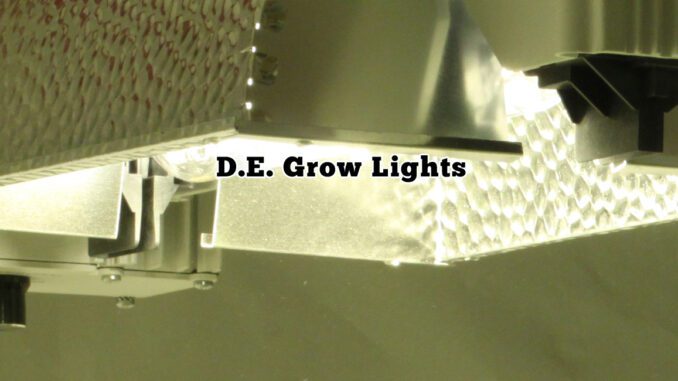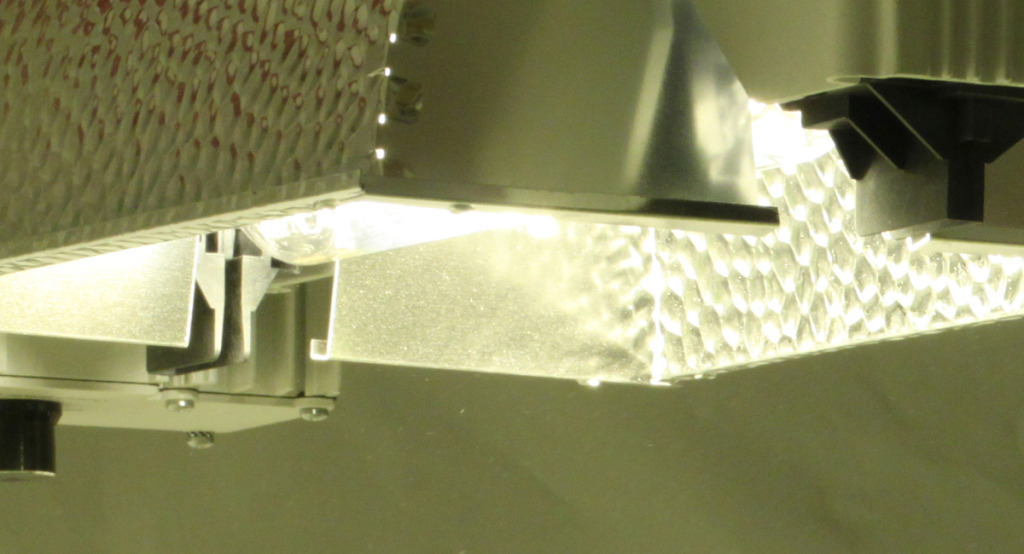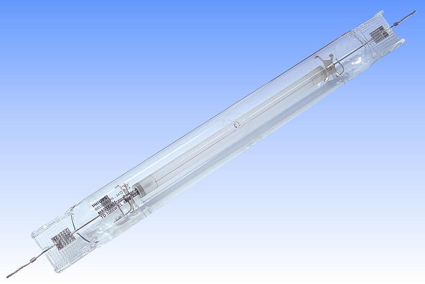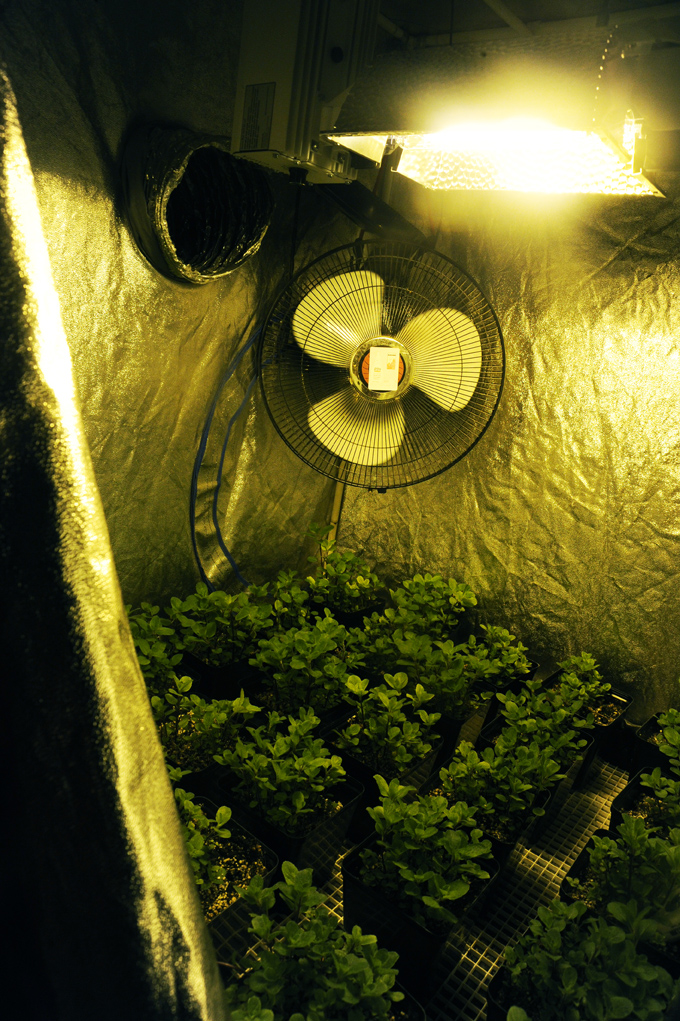
Here’s a quick look at the technology and what it means for indoor growers
It’s High End
True. DE HPS Grow Lights are a more sophisticated lamp design and along the way some of the operating characteristics have been amped up, so to speak, since the mold was broken and something new was being done. Well, new for HPS anyways….
>>>
Whats happening here is almost like the pharmaceutical game. A big company spends lots of resources on the R&D end and gets to come to market first and make good on their hard work-provided it was good in the first place.
So following the early adopters (and seller) of the technology everybody else comes in–because it becomes feasible for others to emulate, ie supply & demand for manufacturing competitively.
At the same time, there is less knowledge about WHY and IF to adopt the technology, aside from it just seeming like the thing to do.
Basics:
Instead of the DE HPS grow light screwing into a socket, like an incandescent bulb from a single end, connected to the fixture and ballast, the Double Ended grow lamps clip in at both ends of a special fixture-kind of like those old style halogen floor lamp types.
Among the obvious improvements here are in the dead-straight placement of the arc tube. Don’t underestimate the benefits of good lighting metrics and how they work with the special engineered reflectors they are typically supplied with.
There is also no stress on the lamp where the socket has to support the whole weight of a long lamp-which sags unevenly in traditional fixtures and creates stresses on the bulb.
Some of the claims are more light intensity AND better spectrum for plant growth.
Is it True?
Only if the lamps are driven to the correct operating characteristics, which we could call slightly “exotic” compared to standard HPS lamp designs. Just because a ballasts can kick over a DE grow lamp doesn’t mean it’s a good choice or that there is any benefit in the way of more light. Some reports suggest up to 8% more light for growing per watt can be achieved–that’s actually significant!
Besides being able to drive at a higher wattage (slightly) the Hz (Frequency) of the electrical input is super important.¨
Above: A Philips SONTD Greenpower DE 1000 hps grow lamp
What’s Not Cool
There is no arguing that DE HPS grow lights can burn BRIGHT when they are run on the right fixture and ballast. But, they run HOT. Like Hades; especially when the DE ballast and lamp are lumped into one fixture–no remote placement of ballasts with most DE lamp kits outside of the growing area.
Why not air cool the lamps? The semi-official answer is that they need to operate at higher temperatures to realize the full potential of the light increase and quality of spectrum for growth.
>>>These lamps were designed for greenhouse growing, that was objective #1. High greenhouse bays welcome the extra heat in cool months when supplemental lighting is usually required most.<<<
So You Want Us to Put MORE Heat in Our Grow Rooms?
That’s where knowledge is power. Run your set-up the same as always and it’s going to be hotter and brighter–but not necessarily more productive for the hefty investment of around $450-550 USD per 1KW professional grade fixture (complete).
What the PROS Know, We’ll Tell You:
Set-up in a grid of 1000W HPS DE lamps/kits in 5’ X 6’ Grid patterns
Grow in 5’ wide raised beds, this gives a 5’ X 5’ wide growing bed per lamp with a 1’ aisle down the lengths
PACK in the plants-as high a plant count as you can. Select short, tight varieties that finish dense and heavy. Snap them into the flowering/budding/fruiting phase quickly, after establishing for a few days in the beds.
Keep the fixtures further than you normally would from the tops of plants and operate one the 1150 watt setting–say almost 36” (thirty six inches ) away from the tops.
Special Note: Don’t even think about this indoors unless you have an air-conditioner (AC) or have some serious cooling power via fans. Your room will get HOT otherwise, and there could be little gain, or even harm. Don’t stress or dehydrate your plants to get on the latest bandwagon–do it right, or stick with what you have.
If you add CO2 your plants will respond better to a slight increase in temperature and will make better use of the extra light-adding CO2 can have a synergistic effect in this equation, when applied correctly.
We Like:
-all in one fixture-plug in and grow out of the box; easy and cost effective to install
-bright light, better quality for growth
-no metal bar in lamp assembly
-less stress on lamp versus socket type
-dead center lamp placement in engineered reflectors
Not So Much:
-runs HOT; and reportedly has to to realize benefits (obviously not thinking of indoor growers here)
-price; ouch!
-240V only–special plugs



